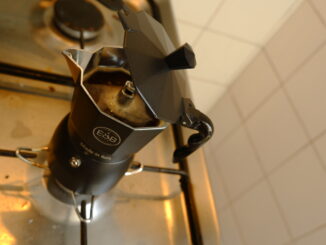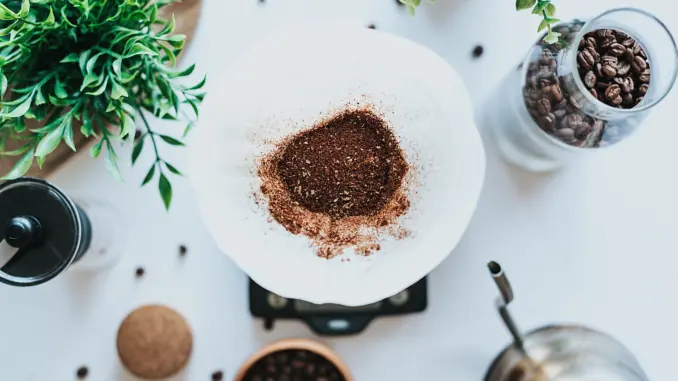
Today we explore the intricacies of grind size and its impact on your pourover.
BY EMILY JOY MENESES
BARISTA MAGAZINE ONLINE
Featured photo by Tyler Nix via Unsplash
Today, many in the specialty-coffee world know the pourover to be an essential brewing method. For years, it has remained a go-to for third-wave cafés and home brewers alike—and for many reasons. Of course, no one can deny the therapeutic benefits of this slower and more intentional method of brew. But pourovers are most known for their ability to help coax out the subtler nuances of a coffee’s flavor profile.
When approaching pourover coffee, it’s important to note that achieving a balanced cup requires a bit more involvement than more automated methods. Throughout the process, there are several details that can be experimented with, including water temperature, water-to-coffee ratio, pour rate, grind size, and more. In part one of this series, we looked at the role that water temperature plays in the process. Today, we’re focusing on grind size.
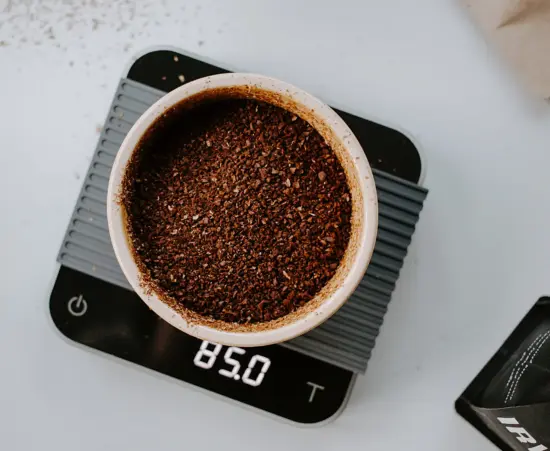
The grind size of your coffee affects so many other factors of the pourover process—the extraction rate, flow rate, and brewing time—all of which contribute to the final taste of your brew. Read on to learn why grind size is so important, and how you can find the best grind size for the coffee that you’re brewing.
Why Grind Size Is Important
Effects On Extraction
Grind size plays a big role in determining the extraction rate—the rate at which your coffee is extracted from your beans during the brewing process. A grind size that’s too fine causes over-extraction, leading to bitter and astringent flavors. On the other hand, a too-coarse grind size leads to under-extraction, resulting in weak, watery coffee.
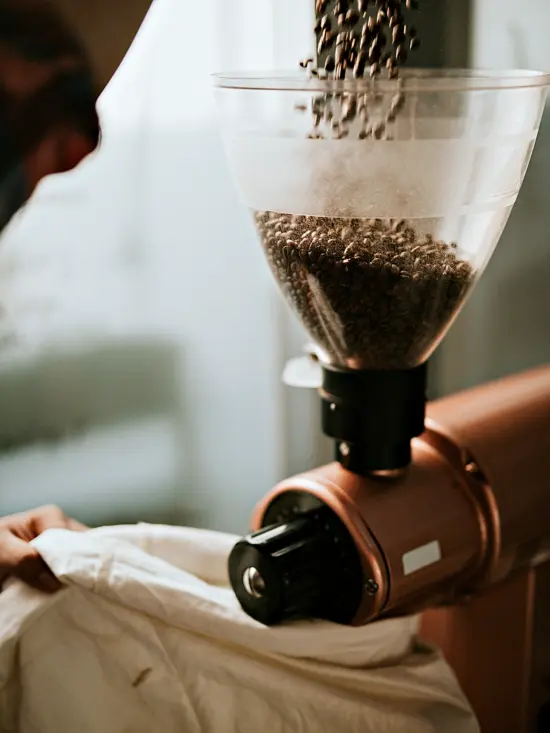
Flow Rate
Your grind size will also affect the flow rate of water through the coffee bed during brewing. In pourover coffee, the goal is to make sure water flows through the coffee grounds as evenly as possible, without any clogging or blockages. If the grind size is too fine, the water may flow too slowly, leading to over-extraction. Conversely, if the grind size is too coarse, the water may flow too quickly, resulting in under-extraction. Finding the right grind size will help you ensure that the water can flow through the coffee bed at a steady rate.
Brew Time
Another factor affected by the coffee grind size is the brewing time. If the grind size is too fine, the coffee will have a longer brewing time. Similarly, if the grind size is too coarse, the brewing time will be shorter. Adjusting the grind size can help regulate the brewing time so you can get a more consistent cup every time.
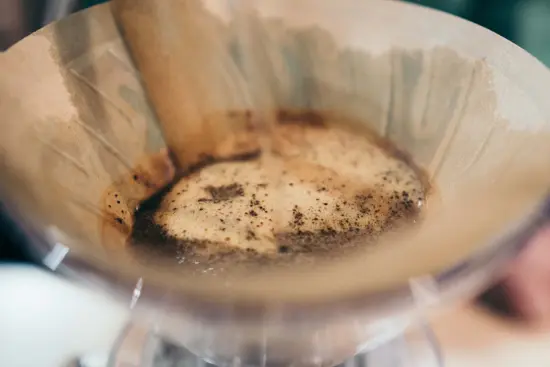
Things To Keep In Mind
Kevin Kim of Los Angeles’ Constellation Coffee shares that when it comes to finding the right grind size, one should expect a lot of experimentation.
“It comes with a lot of trial and error, because every coffee differs based on region, freshness, and roast level,” he shares. “You’ll have to find that sweet spot that will produce coffee that isn’t bitter or sour. When instincts tell you to go finer, I’d err on the coarser side.”
Stay tuned for future installments of “Achieving the Perfect Pourover,“ where we’ll explore water-to-coffee ratio, brew time, and pour rate in more depth.
ABOUT THE AUTHOR
Emily Joy Meneses (she/they) is a writer and musician based in Los Angeles. Her hobbies include foraging, cortados, vintage synths, and connecting with her Filipino roots through music, art, food, and beverage.




